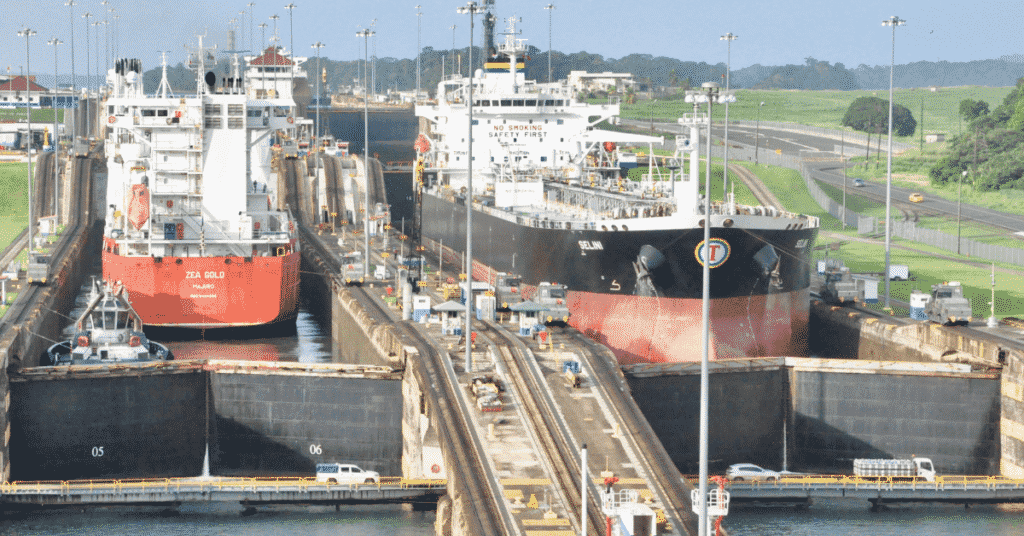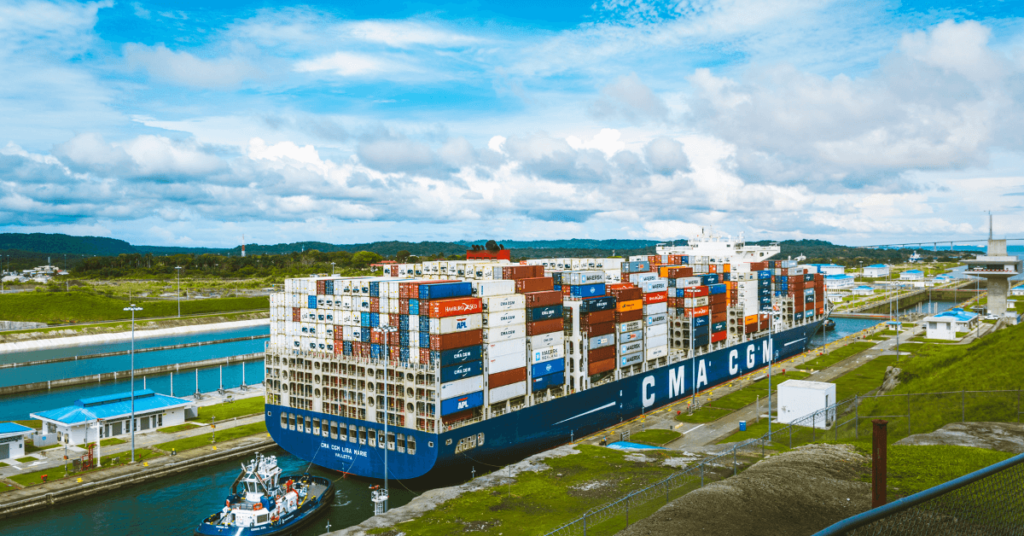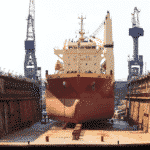Waste Oil Incinerator: Construction And Working
According to Annex VI of MARPOL 1973/78 Convention of IMO for prevention of air pollution from ships, the guidelines regarding the waste material storage and disposal of waste at sea need to be strictly followed.
Incineration of various materials such as galley waste, food scraps, accommodation waste, linen, cardboard, oil sludge from lubricating oil, fuel oil, bilge and purifier, sewage sludge etc. is one of the most effective ways of disposal and saving storage capacity of the ship tanks and waste storage containments on ships.
Moreover, the residue left from the incineration can be easily disposed of off as it mainly consists of ash.
For all foreign going vessel, an incinerator installed onboard the ship on or after 1 January 2000 must comply with requirements of the standard specifications for shipboard incinerators developed under resolutions MEPC.76(40) and MEPC.93(45).
Read: 8 Problems of ship incinerator mariners should know
The following materials not to be incinerated:
- Annexe I, II and III cargo residues of the present Convention and related contaminated packing materials;
- Polychlorinated biphenyls (PCBs)
- Garbage, as defined in Annex V of the present Convention, containing more than traces of heavy metals; and refined petroleum products containing halogen compounds
- Incineration of sewage sludge and sludge oil generated during the normal operation of a ship may also take place in the main or auxiliary power plant or boilers, but in those cases, shall not take place inside ports, harbours and estuaries
The temperature of the flue gases must be monitored and should not be less than 850 deg C for continuous feed and reach 600 deg C within 5 minutes ( time may vary depending upon the capacity of incinerator) for a batch feed.
Types of Marine Incinerators
Vertical cyclone type and horizontal burner type are the two most commonly used incinerators on the ship.
Horizontal Burner Type
The set up is similar to a horizontal fired boiler with a burner arrangement horizontal to the incinerator combustion chamber axis. The ash and noncombustible material remaining at the end of the operation has to be cleared out manually.
Read: Safety Of Life At Sea (SOLAS) – The Ultimate Guide
Vertical Cyclone Type
In this type, the burner is mounted on the top and the waste to be incinerated in introduced into the combustion chamber from the top. A rotating arm device is provided to improve combustion and remove ash and non-combustibles from the surface.
The important parts of the incinerator are:
- Combustion chamber with diesel oil burner, sludge burner, pilot fuel heater and electric control panel
- Flue gas fan which may be fitted with flue gas damper or frequency inverter
- Sludge service tank with a circulating pump and heater
- Sludge settling tank with filling pump and heater (Optional)
- Water injection (Optional)
- Rotating arm to remove ash and non-combustibles (for vertical cyclone type)
Read: Cleaning Fuel Oil Tanks On Ship
Incinerator Operation
A sludge burner is placed in the incinerator to burn and dispose of sewage, sludge and waste oil. An auxiliary oil burner is also fitted to ignite the refuse.
Automatic controls provided for the system secure the igniter when the refuse starts burning without the need of the igniter. Combustion air is supplied with the help of forced draught fan.

A loading door, pneumatically operated, is provided to load the refuse. An interlock is also provided with burner and forced draught fan, which trips when the loading door is in open condition as part of the safety.
Solid waste is fed from the loading door, and the incineration process starts after closing the door. Liquid waste is fed into the system when the refractory of the incinerator becomes hot.
Read: Sludge and Bilge Management Onboard Ship
After the completion of the incineration process, the incinerator is allowed to cool down, and residue like ash and the non-combustibles are removed by pulling the ash slide door. The rotating arm in the verticle cyclone type scrapes off the entire solid residue in the ash box which can be easily disposed of.
Read: Real Life Accident: Incinerator Safety Devices Bypassed, 4th Engineer Loses Forearm
During incineration, it is important to control the exhaust temperature, which should not be very high or too low. The high temperature could lead to melting of metal and can cause damage to the machinery, whereas too low temperature will not be able to burn the residue and sterilise and remove odour from the residue.
This temperature control can be achieved by introducing cold-diluted air in the exhaust stream at the point which is as close to incinerator discharge.
Things to Remember For Starting And Stopping Incinerator
- Keep the incinerator chamber inlet outlet and burner parts clean. A daily inspection must be carried out before the start in the morning
- Do not throttle the air/steam needle valve more than 3⁄4 turn closed. If the pressure increases above the defined limit, clean the sludge burner nozzle
- Do not turn off the main power before the chamber temperature is down below 170°C. Keep the fan running to cool down the chamber
- If experiencing any problem with a high temperature in the combustion chamber, flue gas or control of sludge dosing, replace the dosing pump stator
- Do not transfer sludge to the service tank during sludge burning in a single tank system as it can damage the refractory
- It is always recommended to heat the sludge overnight, without starting the circulating pump. Drain off the free water and start the sludge program before performing the incinerator operation
- Never load glass, lithium batteries or large quantities of spray cans in the incinerator. Avoid loading large amounts of oily rags or filter cartridges as all these may damage the flue gas fan
- Inspect the cooling jacket every six months (open the cover plates) and clean as required with steam or hot water
- Read the instruction manual, and never change any settings unless instructed by the makers

Important Points To Note:
Do not incinerate metals as soda and food can plate, flatware, serving spoons/tray, hardware (nuts & bolts), structural pieces, wire rope, chains, etc., glass such as bottles, jars, drinking glasses, etc.
Read: Real Life Incident: Ship Engineer’s Thumb Crushed By Incinerator Door
Flammable materials such as bottles or cans containing flammable liquids or gasses and aerosol cans must not be incinerated.
Loading of glass will result in a rock hard slag, which is hard to remove from the refractory lining.
In the case of a blackout, when the combustion chamber temperature is above 220°C, it is important to start the flue gas fan as soon as possible in order not to damage the incinerator by accumulated heat in the refractory lining.
Disclaimer: The authors’ views expressed in this article do not necessarily reflect the views of Marine Insight. Data and charts, if used, in the article have been sourced from available information and have not been authenticated by any statutory authority. The author and Marine Insight do not claim it to be accurate nor accept any responsibility for the same. The views constitute only the opinions and do not constitute any guidelines or recommendation on any course of action to be followed by the reader.
The article or images cannot be reproduced, copied, shared or used in any form without the permission of the author and Marine Insight.
Do you have info to share with us ? Suggest a correction
Latest Shipboard Guidelines Articles You Would Like:

About Author
An ardent sailor and a techie, Anish Wankhede has voyaged on a number of ships as a marine engineer officer. He loves multitasking, networking, and troubleshooting. He is the one behind the unique creativity and aesthetics at Marine Insight.
Subscribe To Our Newsletters
By subscribing, you agree to our Privacy Policy and may receive occasional deal communications; you can unsubscribe anytime.
Web Stories























Why incinerator temp shud be 600degrees within 5mins?why the time constraint?
I find the article quite informative and useful.
However are there incenerators designed specifically to dispose of large quantities waste fuel oil ?
If so how can see them
why waste oil incinerator can not be running during UMS operation of the vessel when is burning waste oil?
Im 2/E port state control here in Indonesia ask me to start waste oil incinerator and with in 5 minutes temp. Should be 500 degrees celcius (flue gas) ..